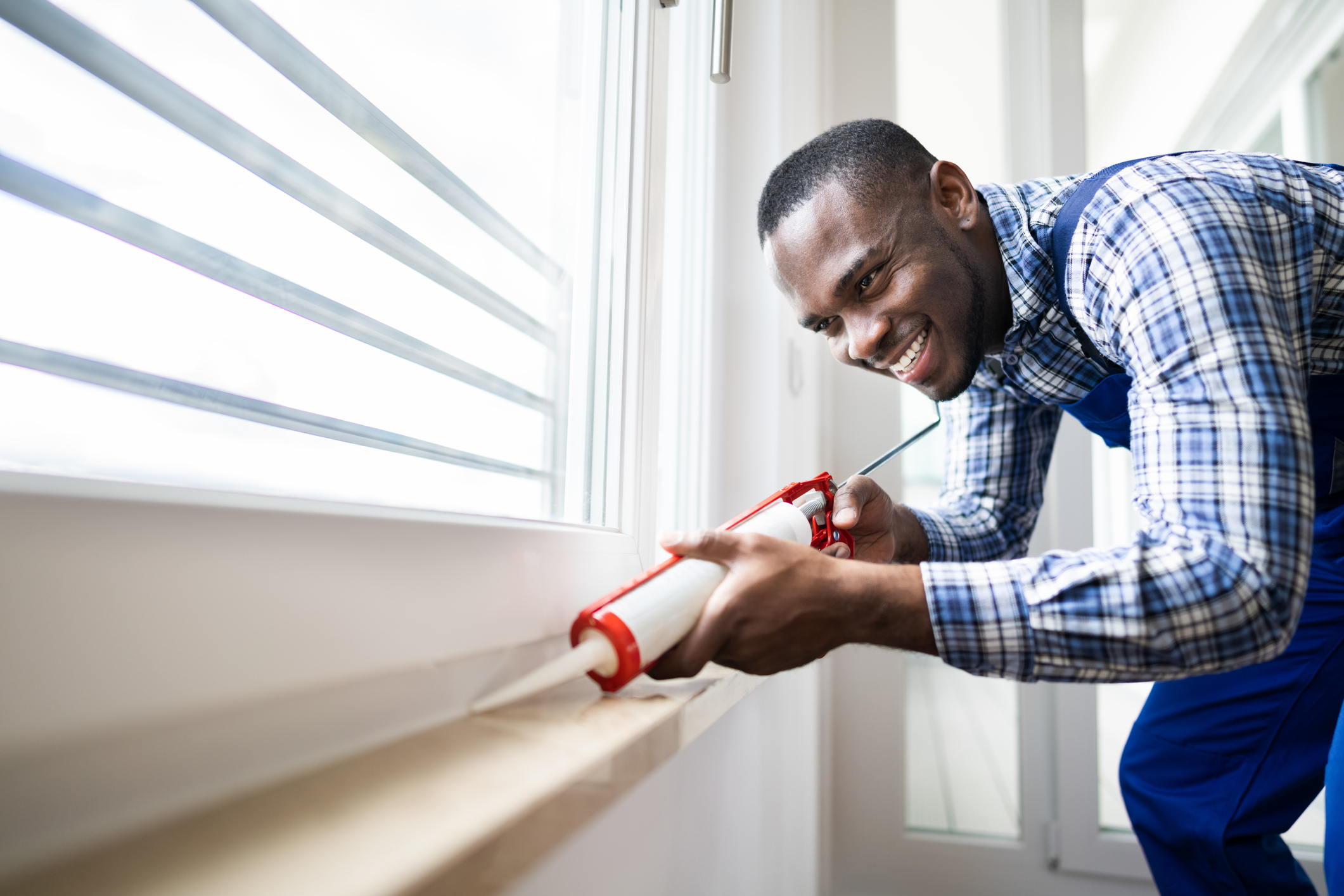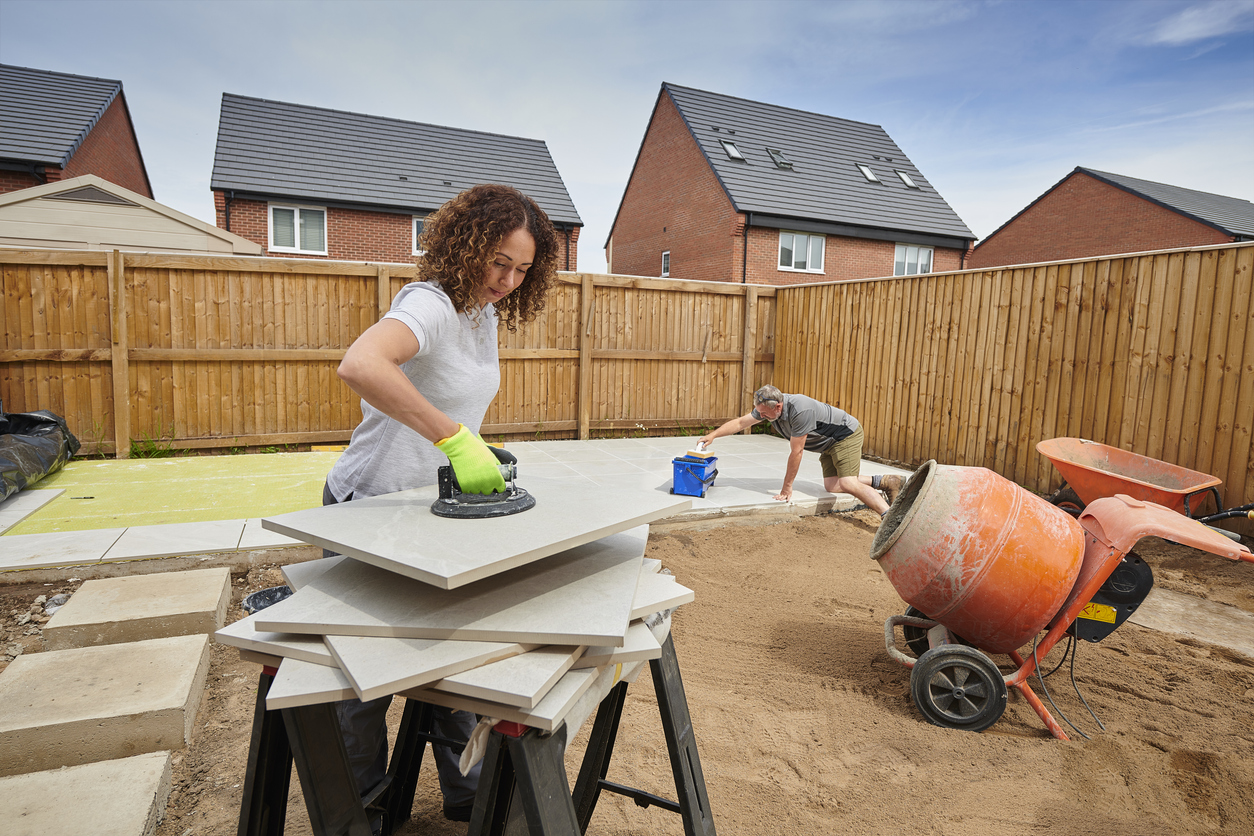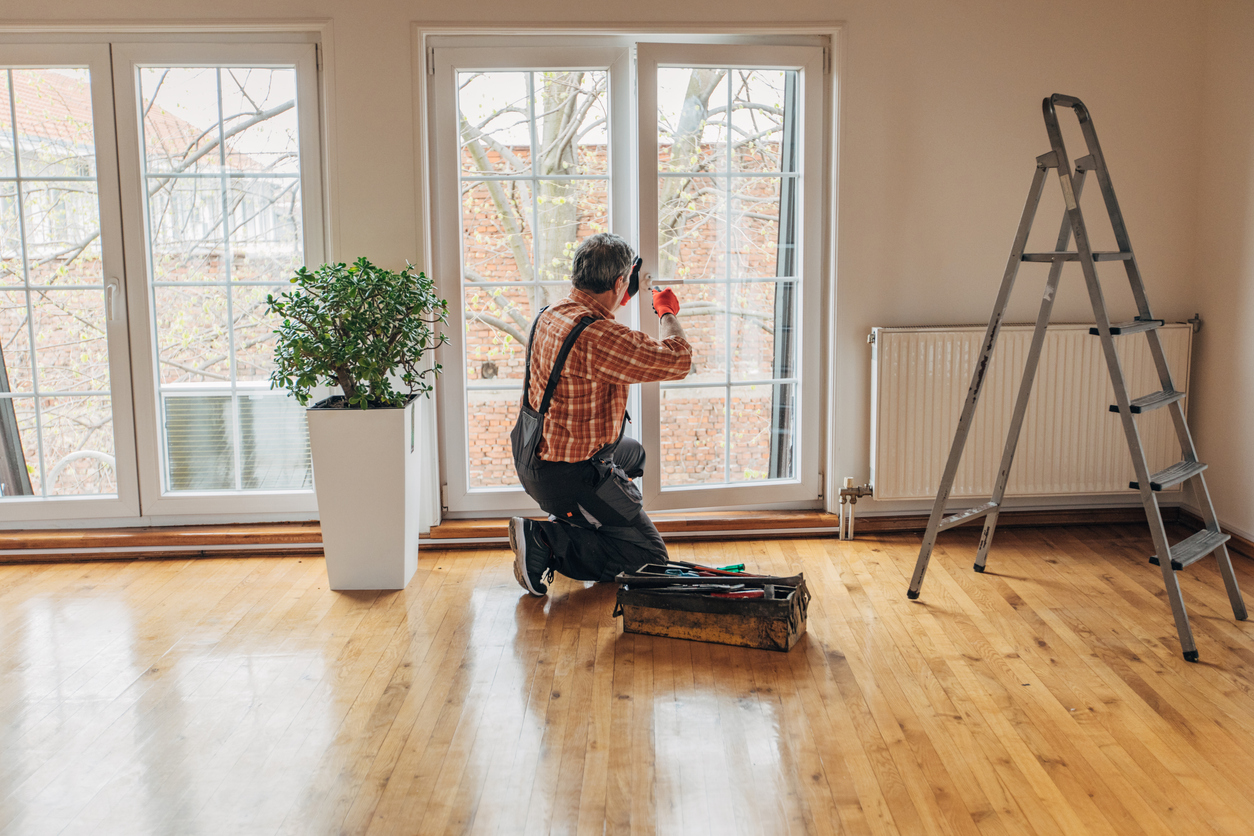
Key takeaways:
- Better insulating your home can save you money on energy bills throughout the year.
- Simple repair and maintenance projects can keep your home safe and up to date.
- Many contractors have some availability in their schedules during the winter. It’s also the time to book them for spring and summer for spring and summer projects.
Home improvement projects may be synonymous with spring. But many don’t require you to even go outside. This can be an ideal time to delve into a few of those tasks that will keep your home in tip-top shape and make your life more comfortable. Read on to learn about 11 home improvement projects to consider in the next few months.
- Insulate a whole-house fan. If you use one to cool your home in summer, make sure you have closed it up with an insulated box or cover. This prevents heated air from entering the attic, which can create moisture, causing mold and stains on the ceiling below. You can make a foam box yourself using duct tape, weather-stripping, and 2-inch-thick polystyrene foam.
- Add insulation. According to the North American Insulation Manufacturers Association, 90% of U.S. homes are under-insulated. You’ll get the best return on your investment by adding insulation to the attic, as that’s where you lose most of your heat. Blown-in insulation, the most affordable type, will usually cost $1-4 per square foot, depending on where you live and what type of insulation you need to guard against heat loss.
- Wrap water pipes. If you have water pipes prone to freezing, wrap them in heat tape (less than $100 for a kit that includes tape and a transformer) – if you have a power source, since heat tape is powered by electricity. If you don’t have power where the pipes are (e.g., under a sink), you’d need an entire electrical system installed, which could be cost-prohibitive.
- Take care of doors and windows. In many parts of the country, the coldest weather is yet to come. You can take several steps to keep the cold outside of your house. If you have an older home without double-pane windows, they can be a good investment, but look carefully at the payback period; it’s often 7-10 years. For windows in a room you don’t use regularly, consider taping on fiberglass batt insulation. For drafty windows, consider purchasing a plastic film window insulating kit, made by companies such as 3M. (Be careful, though: the tape can sometimes damage the paint around the window.)
This is also a good time to install cellular blinds if you don’t already have them. Thermal varieties will help retain heat in the winter and keep rooms cooler in the summer. If you can spend more, consider black-out shades. Most have even greater thermal properties.
- Change the furnace filter. In winter, when you’re using your furnace often, it can be a good idea to change the filter once a month.
- Paint interior walls. If you live in a part of the country where you can occasionally open a window for some fresh air, it’s an even better winter project. If you will need the exterior of your house painted in 2024, this is the time to research painters and get on their schedule. Many book up more than a year in advance.
- Clean trim. Dust and grit builds up around on the tops, bottoms and panels of interior doors, baseboards and other trim. Take time to wipe with a damp cloth, and if necessary, a little cleaner and elbow grease.
- Tackle a renovation. Full renovations of kitchens and bathrooms, or a basement finish, can take months of planning – even before you get to execution. But if you have more limited projects – such as refinishing hardwood floors, installing new flooring or railings, or installing a closet organization system – it may be easier to find a contractor now than it will be in a couple of months. If you do want to schedule a contractor for projects later in the year, do it before March, when they tend to start getting fully booked.
- Update your lighting throughout the house to LEDs. Lighting an average-sized home with incandescent bulbs costs about $215 a year. Switching to LEDs means savings of about $4,000 over 20 years (lifespan of an LED).
- Organize, repair and update. The season is an excellent time to get the interior of your home in good and efficient working order. It may be time to update the hardware on cabinets, change knobs and hinges on doors, or replace faucets. Organization, from closets to the garage, can make your life easier and more productive all year round.
- Plan outdoor yard projects. Landscaping, including adding gardens or flowerbeds, and removing any grass, involves planning time. For many homeowners, it means completing those plans to submit for homeowners’ association approval. It may be hard to imagine your garden in full bloom right now, but this is the time to prepare.
Taking advantage of the season to make some well-chosen home improvements can be a smart investment of your time and money. To be as time- and cost-efficient as possible, decide if there are projects you can do yourself, and then look at your financing options. Accessing your home equity through a home equity agreement could be one effective way to complete some of those projects this winter.
The blog articles published by Unlock Technologies are available for general informational purposes only. They are not legal or financial advice, and should not be used as a substitute for legal or financial advice from a licensed attorney, tax, or financial professional. Unlock does not endorse and is not responsible for any content, links, privacy policy, or security policy of any linked third-party websites.”


